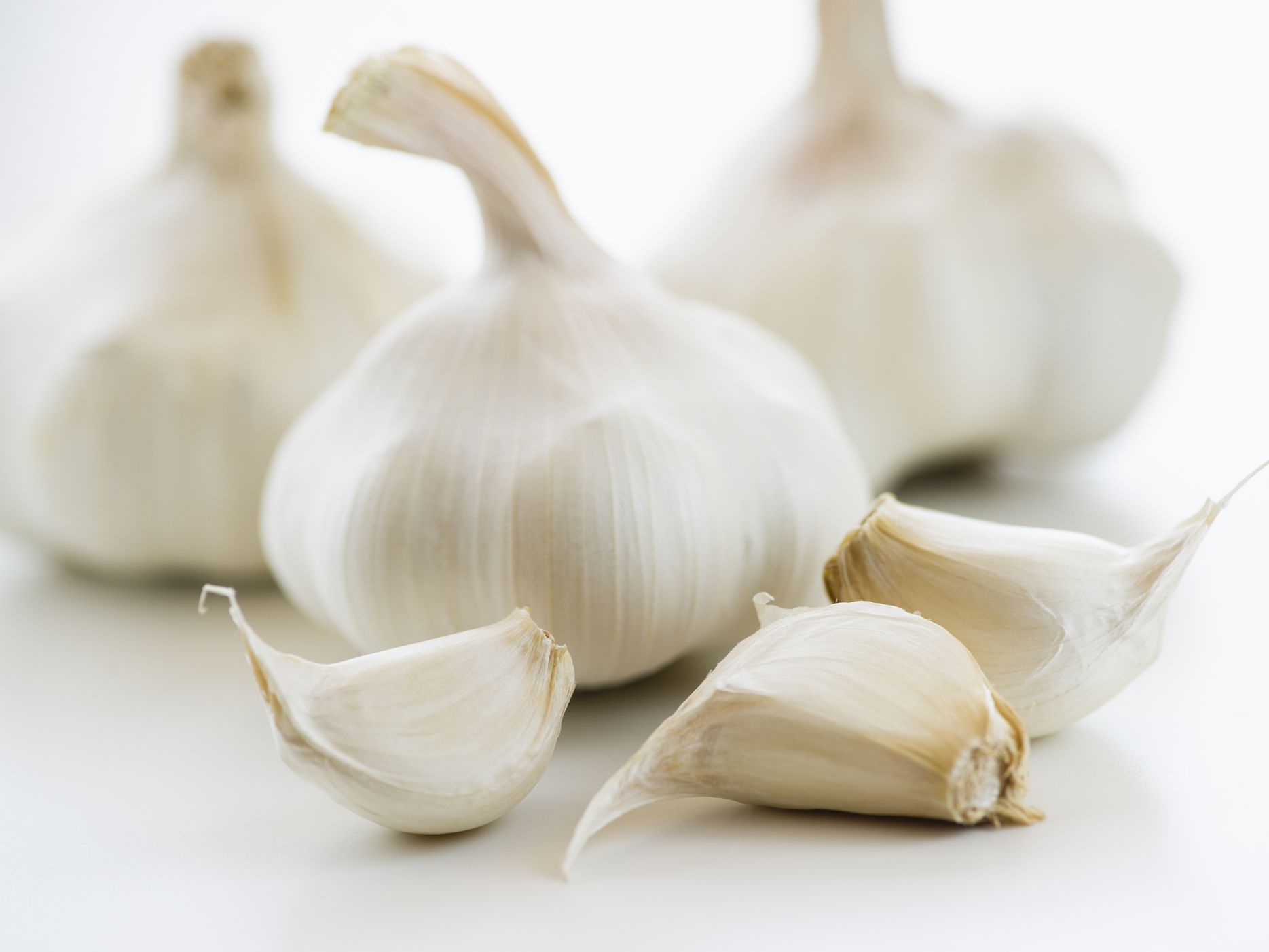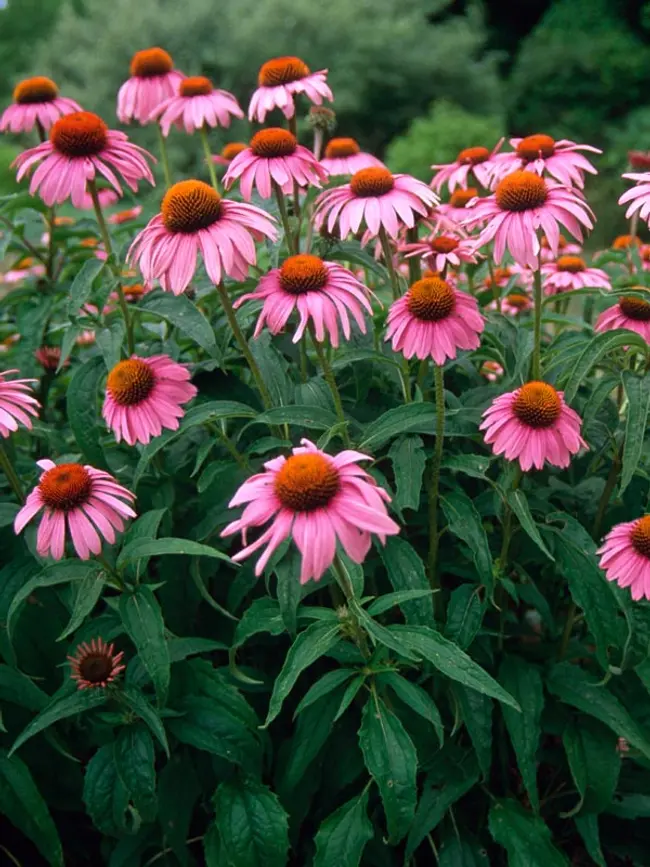Lipids and Nutraceutical News
July 19th, 2021
Laurence Eyres and Michael Eyres
Natural Bioactives and Antibiotic Resistance
One of us had a recent bad experience with an infection that turned to sepsis and whilst the heavy use of antibiotics was life- saving, the resulting adverse reaction led to hepatitis and liver damage. Because the antibiotic therapy went on for several months, antibiotic resistance was begging to occur, and a superinfection was narrowly avoided. This event spurred us to look at what is happening in the world regarding the rise of antibiotic resistance and what is being done about it.
The discovery of antibiotics has been one of the most important medical interventions in the history of global health. Antibiotics have been applied to reduce the morbidity and mortality caused by bacterial infections. Antibiotic therapy for infection is effective for a period followed by decreasing efficacy due to the development of antibiotic resistance. Antibiotic resistance to bacterial pathogens leads to the development of superbugs, prolonged hospital stays, higher medical costs, and increasing mortality rates. We noted that around 30-50% of people on antibiotics did not finish the course. This again assists bugs in developing resistance.
There is a remarkably interesting book called “Miracle Cure: The Creation of Antibiotics and the Birth of Modern Medicine” detailing the history of antibiotic development from 1932 in Germany to the present day (Rosen, W. 2017). The book discusses the current challenges being faced with the rise of antibiotic resistance and superbugs globally and the issues with developing new antimicrobial drugs that is both a costly and time-consuming exercise.
Due to the issue of antibiotic resistance, and common adverse effects of antibiotics (it is estimated that 1 in 15 are allergic to an antibiotic), There is increasing interest to find alternative treatments from natural compounds. However, there is yet no evidence of equivalent efficacy to antibiotics. Researchers such as Cassandra Quave of the Quave Research Group in Atlanta are spearheading efforts to prospect new antimicrobial compounds from plants and fungi.
The jury is still out on the effectiveness of natural products as a direct replacement for antibiotics but increasing evidence is building that they may have a place as adjunct therapies to make antibiotics work more effectively. They may also be effective at preventing simple infections from requiring antibiotics in the first instance (Su et al., 2020). Both mechanisms have the potential to buy us time in the fight against antibiotic resistance and superbugs in the hope that new highly effective drugs can be discovered.
Garlic
Cultures across the world have long recognized garlic for its preventive and curative powers. Research has found that garlic exhibits antimicrobial activity against many forms of bacteria, including Salmonella and Escherichia coli. Garlic extract and it’s active allicin have been shown to exert bacteriostatic effects on some vancomycin-resistant enterococci and an inhibitory synergism was observed when used in combination with vancomycin (Bayan et al., 2014).
Honey
Since the time of Aristotle, honey has been used as an ointment to help wound to heal and prevent or draw out infection. Honey is now widely used topically in healthcare for treating chronic wounds, burns, ulcers, bedsores, and skin grafts. The antibacterial effects of honey are usually attributed to its hydrogen peroxide content. However, manuka honey fights off bacteria, though it has a lower hydrogen peroxide content due to the presence of methylglyoxal. A 2011 review reported that Manuka honey is effective against approximately 60 kinds of bacteria including methicillin-resistant Staphylococcus aureus (MRSA). Researchers are also beginning to take a closer look at the lesser known Kanuka honey.
Culinary herbs and spices
Many culinary herbs and spices have been traditionally used by many cultures around the world to prevent food spoilage and food poisoning. These herbs and spices are now being investigated for use against human pathogens. Herbs under investigation with promising data include ginger, clove, oregano, thyme, and rosemary. A recent excellent review covers the evidence to date on these herbs and spices and is well worth a read (Liu et al., 2017). Although synergy of bio-actives within these spices is highly likely, the volatile oils of these herbs that also impart their culinary attributes are likely partially responsible for their antimicrobial properties. These oils have been shown to inhibit the ability of bacteria to form bio films by disruption a mechanism called quorum sensing. Biofilms form a protective layer over bacteria in areas of the body such as the urinary tract and are partially responsible for the lack of efficacy of antibiotics in such infections. Biofilm and quorum sensing disruption offers a promising therapeutic target for using natural bio-actives in combination with antibiotics (Cáceres et al., 2020).
Echinacea
Native American and other traditional healers have used echinacea for hundreds of years to treat infections and wounds. Researchers are beginning to understand why. Although generally regarded as more of an immune regulating herb with primary efficacy for viral infections, a review from 2012 published in the Journal of Biomedicine and Biotechnology reported evidence that extracts of Echinacea purpurea can kill many kinds of bacteria directly, including Streptococcus pyogenes (S. pyogenes). S. pyogenes is responsible for strep throat, toxic shock syndrome, and the “flesh-eating disease” known as necrotizing fasciitis (Hudson, 2012). Echinacea may also act as an anti-inflammatory associated with infection through interaction with the endocannabinoid system (Nagoor Meeran et al., 2021).
Berberine containing herbs
Berberine is an alkaloid found in the endangered goldenseal but also other species that are much more sustainable sources such as Coptis chinensis. Berberine containing herbs have traditionally been used as antimicrobials to treat infections of the gastrointestinal and respiratory tracts. Berberine is being investigated in clinical trials for it’s beneficial effects on metabolic diseases such as diabetes but it’s antibacterial properties are also being looked into with bactericidal activity against multiple species of bacteria being demonstrated (Thawabteh et al., 2019).
Risks of natural products
Just because something is naturally derived, it is not necessarily 100% safe. As mentioned, natural products are yet to be an effective replacement for antibiotics and delaying medical treatment to try natural products first is not advised. Additionally, drug herb interactions are possible so people should always check with a healthcare provider if they plan to take herbs or supplements.
Medicinal Honey and Osteoarthritis.
A recently published review on the use of medicinal honey for osteoarthritis offers a potential novel future use of medicinal manuka honey beyond it’s current use in would treatment(Martinez-Armenta et al., 2021) and is well worth a read for those with interests in honey or bee hive products.
The management of Osteoarthritis includes weight control and specific physical exercises as interventional strategies to support the pharmacological therapy. The first line of intervention includes non-steroidal anti-inflammatory drugs and acetaminophen to control chronic pain. Cyclooxygenase-II inhibitors, intra-articular steroids and visco-supplementation are also considered when the standard treatment fails; nevertheless, their clinical efficacy is poor in patients with comorbidities. Therefore, the use of pain relief drugs neither represents a therapeutic strategy to halt or reverse cartilage damage, nor regulates cartilage homeostasis, making cartilage prone to further damage (Martinez-Armenta et al., 2021).
Nowadays, beehive products are used to manage different inflammatory joint diseases as a non-pharmacological therapy. Under alternative or adjuvant therapeutic schemes, the potential effects of honey, pollen, propolis and bee venom has been observed in humans and in in-vitro studies. These health benefits are mainly observed when using honeys from the southern hemisphere such as Manuka honey and stingless bee honey.
According to published data, different bioactive compounds commonly seen in honey have an effective role decreasing intra-articular injuries by inhibiting inflammation, oxidative stress, synovial hyperplasia and angiogenesis.
References
Bayan, L., Koulivand, P. H., & Gorji, A. (2014). Garlic: a review of potential therapeutic effects. Avicenna Journal of Phytomedicine, 4(1), 1–14. https://pubmed.ncbi.nlm.nih.gov/25050296
Cáceres, M., Hidalgo, W., Stashenko, E., Torres, R., & Ortiz, C. (2020). Essential Oils of Aromatic Plants with Antibacterial, Anti-Biofilm and Anti-Quorum Sensing Activities against Pathogenic Bacteria. Antibiotics (Basel, Switzerland), 9(4). https://doi.org/10.3390/antibiotics9040147
Hudson, J. B. (2012). Applications of the phytomedicine Echinacea purpurea (Purple Coneflower) in infectious diseases. Journal of Biomedicine & Biotechnology, 2012, 769896. https://doi.org/10.1155/2012/769896
Liu, Q., Meng, X., Li, Y., Zhao, C.-N., Tang, G.-Y., & Li, H.-B. (2017). Antibacterial and Antifungal Activities of Spices. International Journal of Molecular Sciences, 18(6), 1283. https://doi.org/10.3390/ijms18061283
Martinez-Armenta, C., Camacho-Rea, M. C., Martínez-Nava, G. A., Espinosa-Velázquez, R., Pineda, C., Gomez-Quiroz, L. E., & López-Reyes, A. (2021). Therapeutic Potential of Bioactive Compounds in Honey for Treating Osteoarthritis. Frontiers in Pharmacology, 12, 642836. https://doi.org/10.3389/fphar.2021.642836
Nagoor Meeran, M. F., Javed, H., Sharma, C., Goyal, S. N., Kumar, S., Jha, N. K., & Ojha, S. (2021). Can Echinacea be a potential candidate to target immunity, inflammation, and infection – The trinity of coronavirus disease 2019. Heliyon, 7(2), e05990. https://doi.org/10.1016/j.heliyon.2021.e05990
Su, T., Qiu, Y., Hua, X., Ye, B., Luo, H., Liu, D., Qu, P., & Qiu, Z. (2020). Novel Opportunity to Reverse Antibiotic Resistance: To Explore Traditional Chinese Medicine With Potential Activity Against Antibiotics-Resistance Bacteria. Frontiers in Microbiology, 11, 610070. https://doi.org/10.3389/fmicb.2020.610070
Thawabteh, A., Juma, S., Bader, M., Karaman, D., Scrano, L., Bufo, S. A., & Karaman, R. (2019). The Biological Activity of Natural Alkaloids against Herbivores, Cancerous Cells and Pathogens. Toxins, 11(11). https://doi.org/10.3390/toxins11110656



